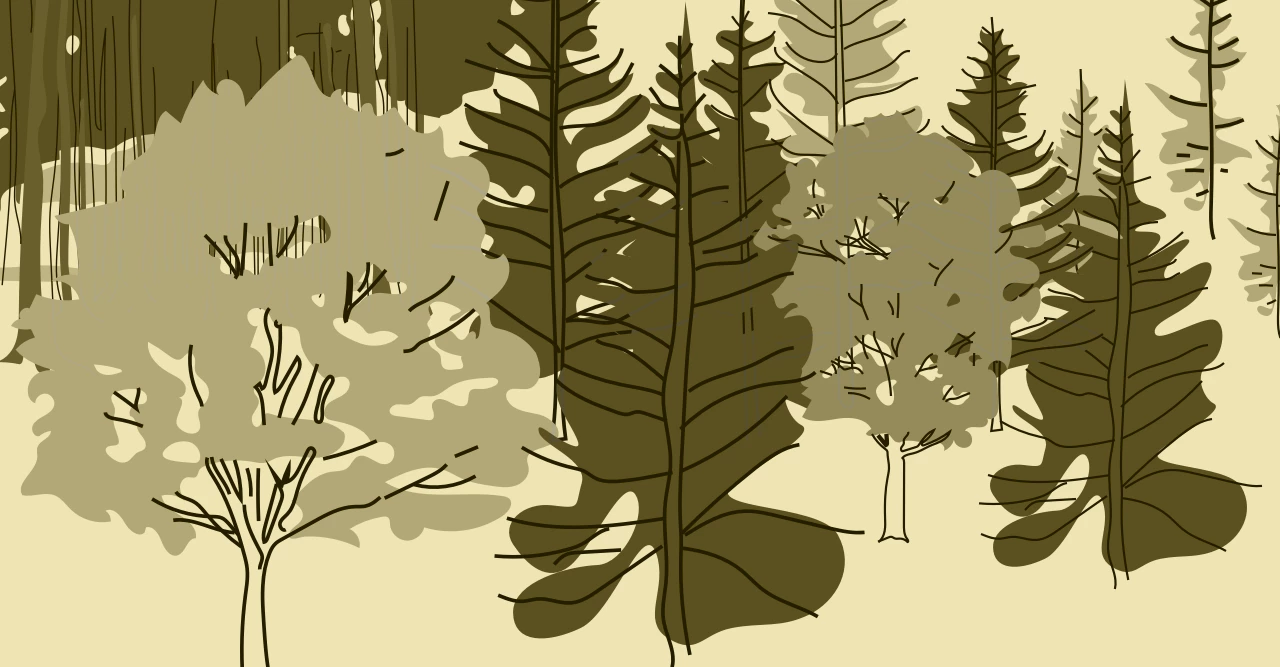Growing Non-native Trees in European Forests
Benefits, Opportunities, Risks and Limits

The review explores the benefits and challenges of using non-native tree species (NNT) in European forests. It sheds light on their role in climate adaptation, productivity, and ecological risks, offering guidance for balancing innovation in forestry with biodiversity and legal limits.
Non-native tree species (NNT) spark very different reactions. For some people, they are simply unusual trees in parks. For conservationists, they threaten native ecosystems and should be removed. For foresters, however, they may help meet rising demand for timber and support climate change adaptation. This review, which also draws on findings from the COST Action FP1403 (NNEXT) project, looks at both the opportunities and risks of using NNT in European forests, considering climate change, ecological impacts, and legal restrictions.
Only a small number of NNT in Europe behave invasively and are banned or closely monitored. Many more are already widely used in forestry because they grow quickly, provide valuable timber, and cope well with tough conditions. Their use and acceptance, however, vary a lot between countries, with Western Europe showing the strongest interest in planting them. Overall, far more NNT are in use than many people realize, but only a few play a major role, mostly in Western Europe. New forestry strategies now stress the importance of planting diverse mixtures and avoiding invasive species. At the same time, long-term research on NNT origins has given useful knowledge for adapting forests to climate change. Although laws and certification schemes differ across Europe, carefully adding tested NNT to forest management plans could play a major role in helping forests cope with and reduce climate change.
- Implementation
- Legal & Regulatory
- Planning & Upscaling
- Landowners & Practitioners
- Planners & Implementers
- Policy Actors

